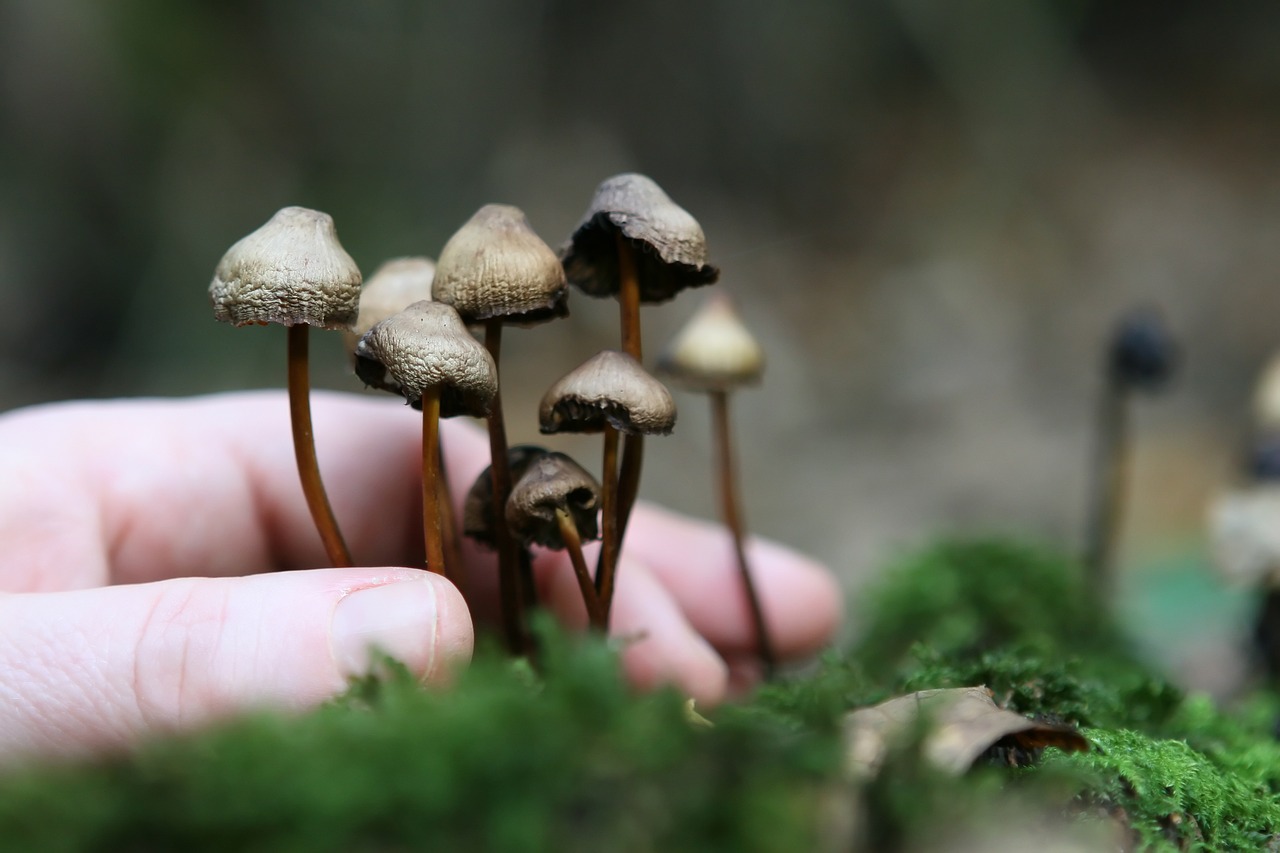Decoding Mycelium
Mycelium, the underlying structural component of fungi, acts as the digestive system for mushrooms. It finds nutrients, converts them into a usable form for the fungus, thereby nourishing the fungus. This process ends up enriching the soil around it with vital nutrients, resulting in a nutrient-rich biomass that is ideal for gardening as a mulch.
Beyond facilitating mushroom growth, mycelium networks are essential for the health and development of numerous land plants, including trees. For example, tree roots enter into a mutually beneficial relationship with fungi: the tree provides carbon in the form of sugars to the fungus, and in return, the fungus provides the tree with crucial minerals like nitrogen and phosphorus. You can learn more about this symbiotic relationship here.
Interestingly, mycelium networks act as an underground communication system among plants, sharing similarities with the neural networks in our brains. Recent scientific studies indicate that plants and trees might have primitive nervous systems that fungi might influence, impacting functions such as communication, memory, and learning. Furthermore, by consuming decaying organic material and detoxifying pollutants, mycelium contributes to maintaining soil health.
If you’re keen on growing magic mushrooms, it’s crucial to grasp the growth of mycelium. While the cultivation process can be complex for newcomers, understanding mycelium is an essential first step. While buying mushrooms from Mushroom Coffee Canada online is always an option, learning about mycelium can enrich your cultivation journey.
Mycelium’s Growth Process
When fungal spores find a suitable growth environment, they start developing two kinds of mycelium. The first kind, known as primary or monokaryotic mycelium, is distinguished by the existence of a single nucleus in each cell and is typically invisible to the naked eye. The second kind, referred to as secondary or dikaryotic mycelium, is visible and contains two nuclei per cell.
When fungal spores germinate, they begin to form what is known as the primary or monokaryotic mycelium. Upon meeting another compatible monokaryotic mycelium, they merge to create the dikaryotic mycelium, which is the second stage. This secondary mycelium has the potential to produce mushrooms or sclerotia.
Types of Mycelia
There are three categories of mycelia, two of which signify successful cultivation.
- Rhizomorphic mycelia resemble strings in their formation. Identifiable and made up of units called hyphae, they first spread out and then send chemical signals back to the colony, indicating that the area ahead is suitable for nutrient supply. The rest of the mycelia then follow. The hyphae at the forefront of the rhizomorphic mycelia release peroxidase, a substance that breaks down the material in front of it for nourishment. The hyphae then extend over the material, distributing nutrients throughout the colony. Many cultivators prefer Rhizomorphic mycelia due to their propensity to produce mushrooms when sprouting from the substrate.
- Tomentose or “Fluffy” mycelia, while largely similar to Rhizomorphic mycelia, have a unique fluffy strand arrangement. Although not immediately visible, these strands exist and their cotton-ball-like appearance signifies their clustered formation. The type of mycelia – tomentose or rhizomorphic – largely depends on the growth environment. Cultivators continue to debate whether the type of mycelia impacts the growth rate or harvest abundance.
- Aerial mycelia tend to form when the growing conditions are not ideal. Under such circumstances, the mycelia grow outward rather than spreading across the medium or forming a ball. Often mistaken for bacterial infection, this type of mycelia can impede your mushroom cultivation, leading to weaker, smaller mushrooms. Excessive humidity and inadequate fresh air exchange typically cause Aerial mycelia.
Mycelium or Mould?
It’s critical to distinguish between mould and mycelium. If you notice green, blue, grey, or black patches on or in your fruiting box, it’s likely your culture is contaminated. Discolouration is the primary indicator. Blue spots, however, could simply be bruises.
Cobweb moulds are generally quite apparent. Instead of the bright The typically greyish-white Mycelium exhibits a stringy and puffy texture. Although cobweb moulds and green moulds are not harmful to humans, they can adversely impact the health of your mushrooms.
Mushroom Coffee Canada: Your Ultimate Guide for Mushroom Knowledge
Whenever you contemplate about psychedelic mushrooms in Canada, remember Mushroom Coffee Canada. Our continuous quest is to offer insightful information to assist you in having a safe and delightful mushroom experience.





